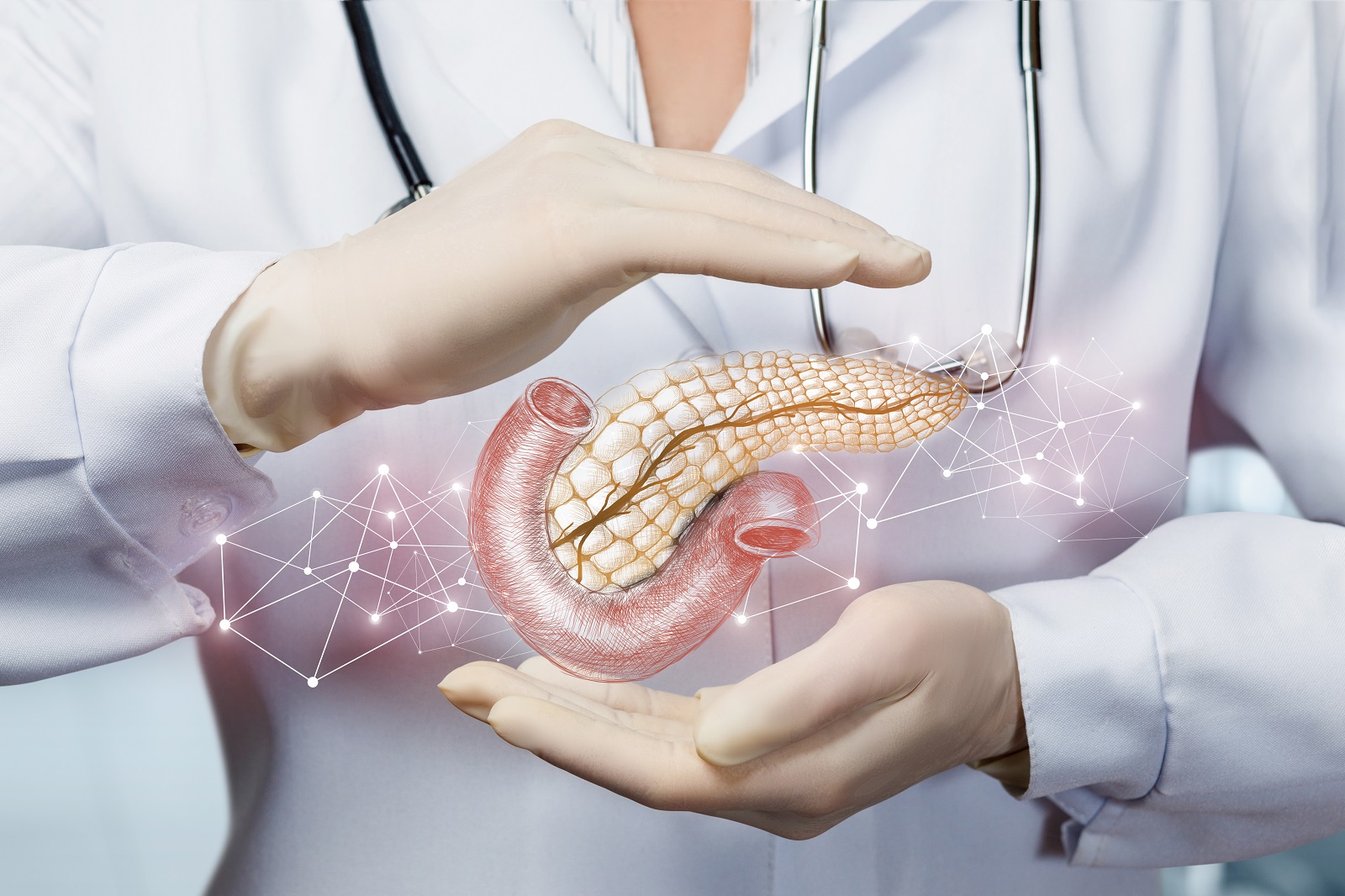Pancreatic Cancer is one of the forms of cancer that occurs when the cells of the pancreas go out of control and grow into an actual tumor. With an estimated 5-year survival rate of only 10%, it is the most dangerous form of cancer. In this article, we will discuss the causes, symptoms treatments, and ways to reduce your risk of developing pancreatic cancer.

The Reasons
The precise nature of pancreatic cancer’s cause is not clear, but a variety of risks have been recognized. Toxicology is the leading risk factor for pancreatic cancer. Smokers are twice to three times as likely to get cancer than people who do not. Other risk factors include obesity and age, as well as familial history, genetic mutations, chronic pancreatitis, and chronic inflammation of the pancreas.
Signs and symptoms
Pancreatic cancer does not usually cause any symptoms in its early stages It is, therefore, difficult to identify. It can trigger symptoms such as:
Abdominal pain that radiates to the back
Insomnia and weight reduction
Jaundice (yellowing of the eyes and skin)
Nausea and vomiting
Fatigue
This type of symptom should be reported to your doctor immediately. The earlier detection of symptoms is crucial to a successful treatment.
Diagnosis
Your doctor could order multiple tests to prove that you are suffering from pancreatic cancer. This may include imaging tests such as CT scans, or MRI scans.
Treatment
The treatment for pancreatic cancer is based on the extent and the location of the tumor, in addition to the general health of the patient. In general, the treatment options comprise chemotherapy, surgery, and radiation treatment.
Surgery is the most common treatment for pancreatic cancer, particularly when the tumor is located in the pancreas’s head. The intention behind the surgery is to eliminate any cancerous tissue and the surrounding tissues that might contain cancer cells. Surgery may not be feasible in the case of a tumor that is within the tail or body of the pancreas.
Chemotherapy is a type of treatment for cancer that employs drugs to kill cancer cells. It is usually used in combination with surgery or radiation therapy. You can receive chemotherapy intravenously or orally. Some of the side effects are nausea vomiting, diarrhea, hair loss as well as death.
The radiation therapy procedure is a high-energy radiation treatment that kills cancerous cells. The treatment can be employed as a stand-alone treatment or in conjunction with chemotherapy with surgery. Radiation therapy can cause nausea and fatigue, skin irritation, and other negative side effects.
Reducing your risk
There is no definitive way to prevent pancreatic carcinoma There are a number of actions you can adopt to reduce your chance of developing it. These are:
Stopping smoking cigarettes: If you use tobacco, quitting is the most important thing you could do to decrease the risk of pancreatic cancer.
Maintaining a healthy weight: Obesity is a risk factor for pancreatic cancer, so maintaining a healthy weight can help decrease your risk.
Healthy eating habits: A balanced diet that includes fruits and vegetables, whole grains, and legumes could reduce the risk of developing pancreatic cancer.
Limiting alcohol consumption: High consumption of alcohol has been associated with a higher risk of pancreatic cancer.
Control chronic conditions There is a way to lower the risk through working with your doctor if you have diabetes or pancreatitis.
Pancreatic Cancer is a serious illness that requires a shrewd approach to treatment and early detection. It is imperative to seek medical attention right away whenever you notice any signs of pancreatic cancer. Understanding the risks and taking actions that decrease your risk aid you in managing your own health and decrease the likelihood of getting this fatal disease.
For more information, click pancreatic cancer donation